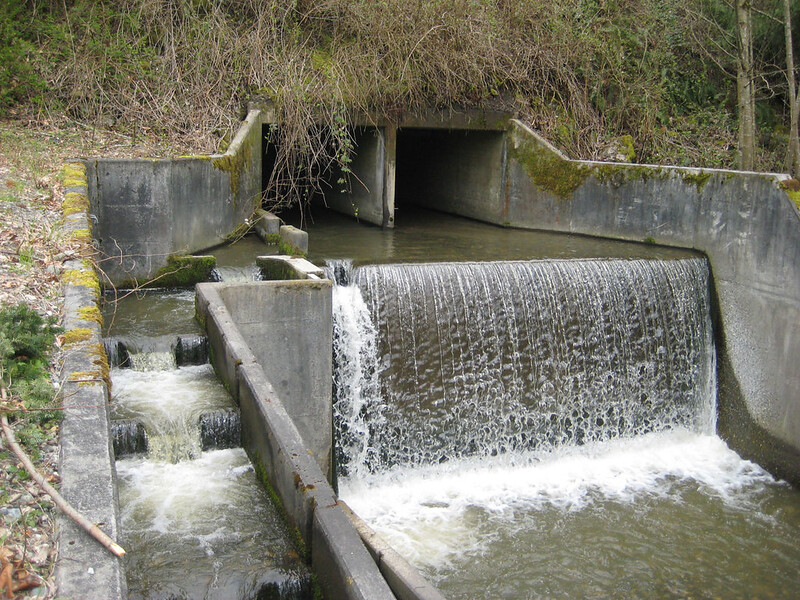FEDERAL ACTION
State DOTs Joining White House Infrastructure Summit – AASHTO Journal
US House Lawmakers Introduce EV Tech Bill – Transport Topics
$39 Million In Marine Highway Grants Awarded – Waterways Journal
Biden-Harris Administration Launches New Program to Help Communities Seek Infrastructure Projects – USDOT (media release)
INFRASTRUCTURE RESILIENCE AND SUSTAINABILITY
Historic homes may prove to be more resilient against floods – Washington Post
Cities push back against Legislature’s environmental policy preemptions – Florida Politics
California Finds Truck Parking Shortage Complicated by EV Mandates – Transport Topics
Barge Groundings Create Headaches on the Lower Mississippi – Maritime Executive
Biden-Harris Administration Announces $2 Billion from Bipartisan Infrastructure Law to Finance Carbon Dioxide Transportation Infrastructure – USDOE (media release)
FAA, Universities Pursue Critical Research to Achieve U.S. Aviation Climate Goals – FAA (media release)
AIR QUALITY
Feds Open More Funding for Diesel School Bus Phase-out – Route Fifty
Vermont’s new ‘Replace Your Ride’ funds cleaner transportation options – Vermont Business Magazine
ENVIRONMENTAL JUSTICE
Six State DOTs Sign ‘Equity in Infrastructure’ Pledge – AASHTO Journal
As EVs Become More Mainstream in NC, Equal Access is Critical – Southern Alliance for Clean Energy (blog)
NATURAL RESOURCES
Forest Service reactivates planning for West Yellowstone-area timber project – Bozeman Daily Chronicle
The Dreadful Toll of Wildlife-Vehicle Collisions – and What We Can Do About It – Governing (commentary)
EPA Highlights Boston Harbor as a National Success Story to Celebrate the 50th Anniversary of the Clean Water Act – EPA (media release)
CULTURAL RESOURCES
Tribes ask US Supreme Court to hear case over destruction of sacred site near Mount Hood – Oregon Capital Chronicle
Restored rock road sign in Halifax County dates back to era of George Washington – Gazette-Virginian
HEALTH AND HUMAN ENVIRONMENT/ACTIVE TRANSPORTATION
Connecticut DOT Awards Grant for Pedestrian Study – AASHTO Journal
California Governor Signs Bill Decriminalizing Jaywalking – Fox News
KDOT grants almost $30 million for “transportation alternative” projects – KSNW-TV
Proposed bicycle-pedestrian bridge over Potomac receives $20 million in federal funding – ARLnow
In Times of Crisis, Bikeshare Rolls On – Bloomberg CityLab
St. Louis mayor proposes $40M to make streets safer for pedestrians, cyclists – KSDK-TV
Caltrans Identifies Locations to Increase Safe Walking and Bicycling Options for Communities Statewide – California DOT (media release)
USDOT Marks the Start of National Pedestrian Safety Month, Stresses the Need to Protect Vulnerable Road Users – USDOT (media release
TRB RESOURCES/ANNOUNCEMENTS
Preparing the Next Generation of Airport Industry Professionals – TRB (webinar)
Historic Damage in Wake of Hurricane Ian – National Academies of Sciences, Engineering, and Medicine
Should Coastal Communities Rebuild or Retreat After Hurricane Ian? – Columbia University
Demand-driven design of bicycle infrastructure networks for improved urban bikeability – Nature Computational Science
FEDERAL REGISTER NOTICES
Environmental Justice Scorecard Feedback – Council on Environmental Quality (Notice of extension for request for information)
Air Plan Approval; Louisiana; Repeal of Excess Emissions Related Provisions – EPA (Final rule)
Local Government Advisory Committee and Small Communities Advisory Subcommittee: Request for Nominations – EPA (Notice of request for nominations)
Notification of a Public Meeting of the Chartered Clean Air Scientific Advisory Committee (CASAC) and CASAC Ozone Review Panel – EPA (Notice)
Request for Information: Better Indoor Air Quality Management To Help Reduce COVID–19 and Other Disease Transmission in Buildings: Technical Assistance Needs and Priorities To Improve Public Health – EPA (Request for information through public comment)
Good Neighbor Environmental Board – EPA (Notice of meeting)
Proposed Policy on Enabling the Use of Unleaded Aviation Gasoline in Piston Engine Aircraft and Aircraft Engines Through the Fleet Authorization Process – FAA (Notice of availability; request for comments)
National Urban and Community Forestry Advisory Council – Forest Service (Solicitation for members)


